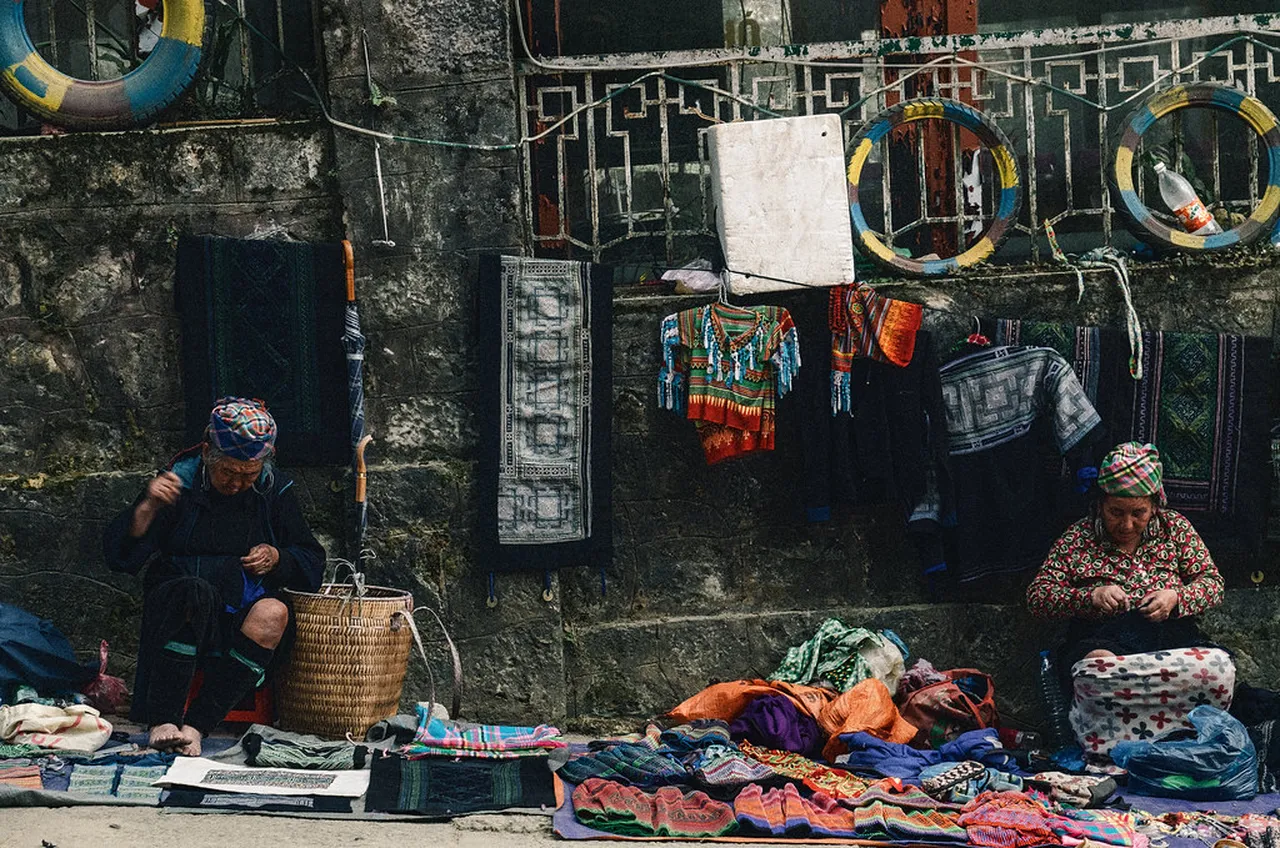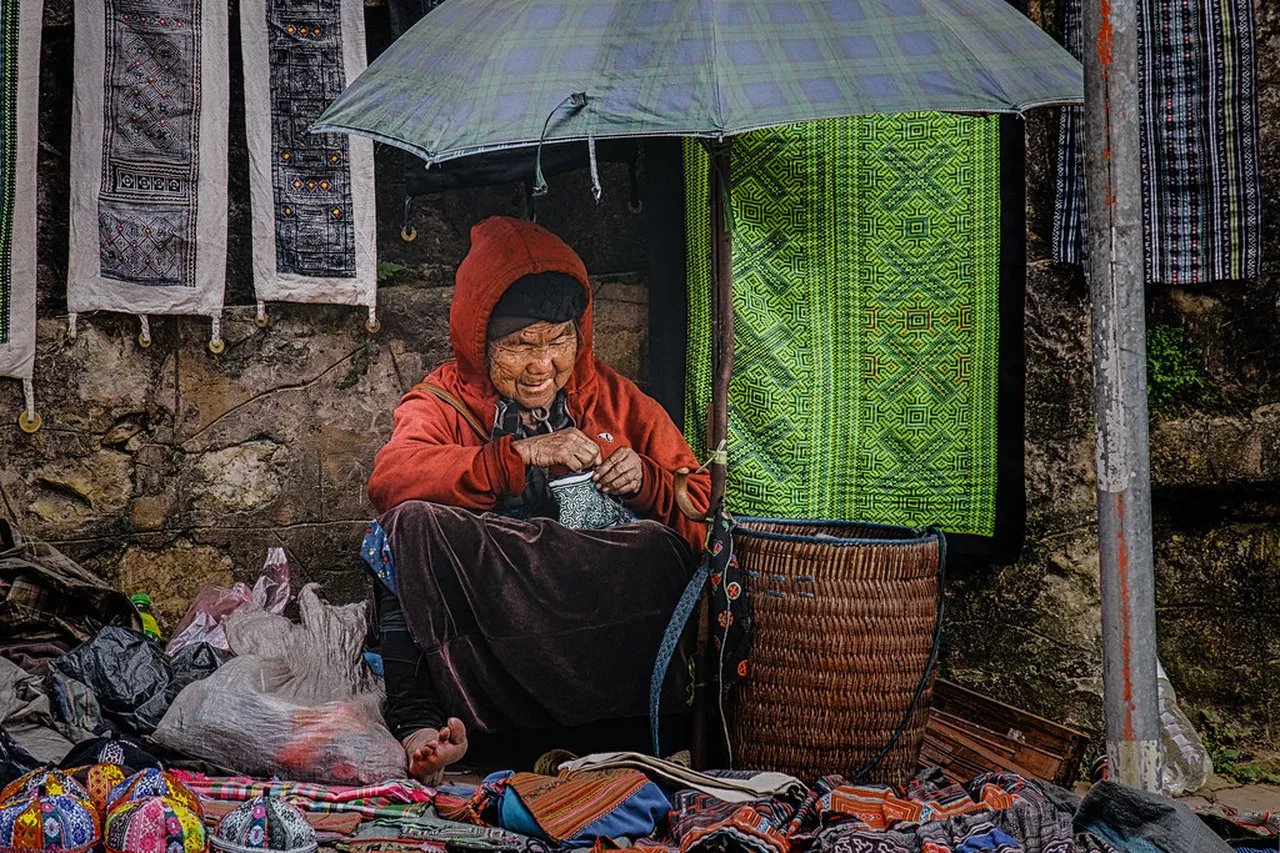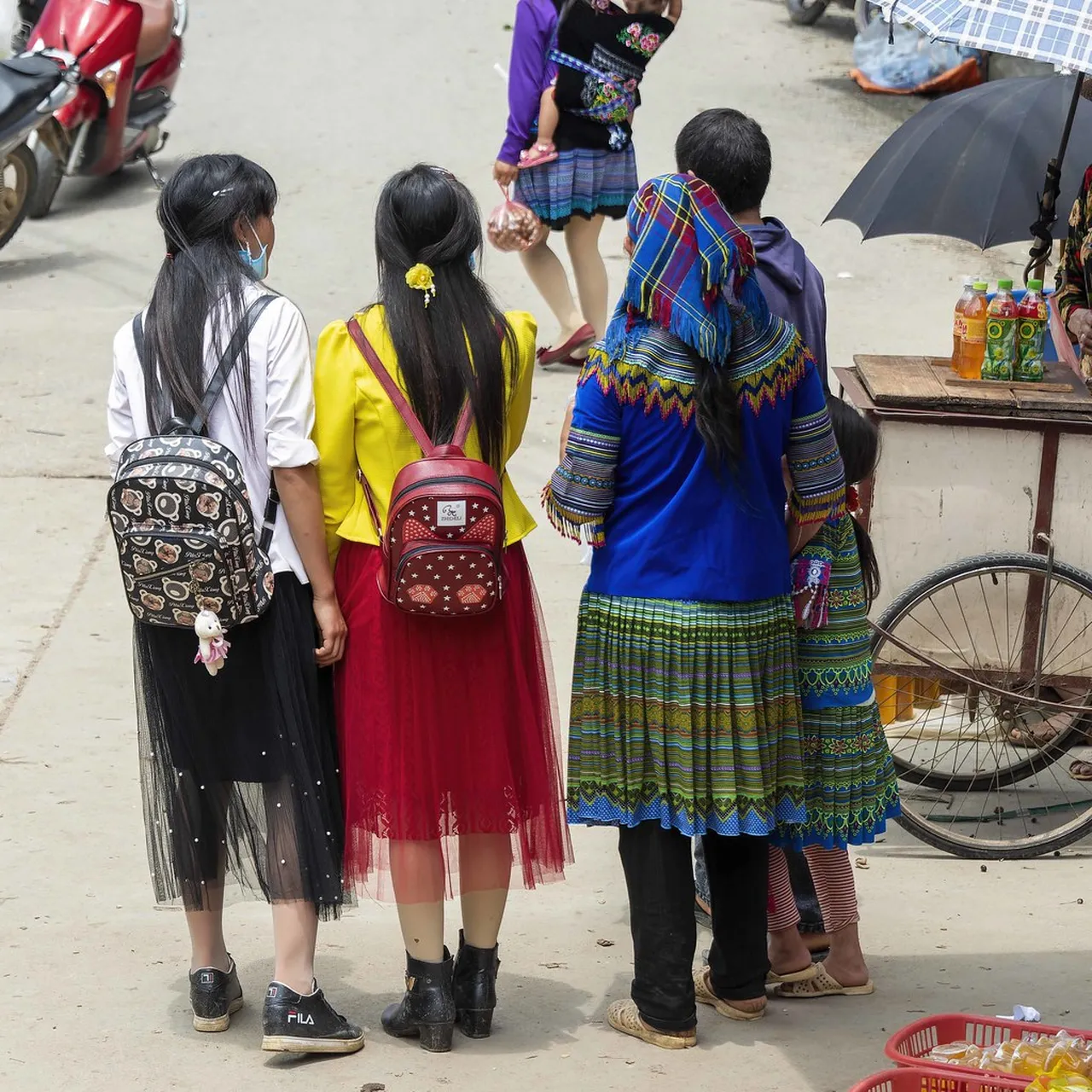
Sapa Culture: 10 Unique Experiences to Explore
Table of Contents
Sapa Culture: Unique Experiences in Vietnam
Sapa culture is a fascinating tapestry of ethnic diversity, breathtaking landscapes, and time-honored traditions. Nestled in the northern mountains of Vietnam, Sapa is home to various indigenous communities such as the Hmong, Dao, and Tay, each contributing their unique customs and practices. In this article, we will guide you through ten unique experiences that allow you to immerse yourself in the rich Sapa culture, from vibrant markets to traditional weaving. Whether you’re seeking adventure or a deeper understanding of this enchanting region, Sapa promises unforgettable memories filled with cultural immersion.
Want to find the best travel deals for this destination? unlock adventure planner with our adventure planning specialist!
1. Discover the Ethnic Diversity of Sapa Culture

Sapa, nestled in the northern region of Vietnam, is renowned for its ethnic diversity. Home to numerous ethnic groups, including the Hmong, Dzao, and Thai, this region presents a vibrant tapestry of cultures. Each group adds its own unique traditions, languages, and customs, creating a rich cultural mosaic. Thus, when visiting Sapa, you can experience a kaleidoscope of lifestyles and perspectives.
Moreover, the local communities are known for their warm hospitality. As you trek through the mountainous landscapes, you’re likely to encounter villagers dressed in colorful traditional attire, often handmade by themselves. This interaction fosters not only an appreciation for Sapa culture but also a deeper connection with the locals.
2. Sapa Markets: A Hub of Local Traditions and Crafts

The Sapa markets serve as vital cultural hubs where the local communities converge to sell their goods. Every Saturday, the bustling Can Cau Market and Famous Sapa Market come alive with vendors showcasing exquisite handicrafts. Here, you can find everything from handwoven textiles to handcrafted jewelry. Furthermore, these markets are an incredible opportunity to witness the exchange of traditional culture and commerce.
Visiting Sapa markets is not just about shopping; it’s about participating in the vibrant daily life of the locals. Engage with artisans and learn about the crafting techniques that have been passed down through generations. Thus, each item purchased becomes a meaningful connection to Sapa culture.
3. Experience Traditional Hmong Weaving Techniques

The Hmong community is celebrated for its intricate and colorful weaving techniques. Experiencing traditional Hmong weaving provides insight into Sapa culture and the daily lives of these artisans. They use natural dyes to create vibrant patterns that often tell stories or represent symbols significant to their community.
By participating in a weaving workshop, you can discover the delicate processes involved in creating stunning textiles. Not only will you learn the traditional methods, but you will also gain appreciation for the time and effort put into each piece. This hands-on experience deepens your connection to Sapa culture while supporting local artisans.
4. Sapa’s Stunning Rice Terraces: A Cultural Heritage

One of the most breathtaking aspects of Sapa culture is undoubtedly its exquisite rice terraces. These terraces, shaped like steps, cascade down the hillsides, creating a stunning landscape that attracts photographers and nature lovers alike. As I walked through these terraces, I felt a deep connection to the local farmers who have cultivated this land for generations.
Not only do these terraces showcase the ingenuity of the indigenous groups, particularly the Hmong and Dzao peoples, but they also represent a harmonious relationship between the people and their environment. Each year, these fields undergo a beautiful transformation as they change color with the seasons—from vibrant green in the summer to a rich golden hue at harvest time.
Pro Tip: Visiting during the harvest season (around mid-September) offers a chance to witness the locals in action!
5. Participate in the Local Festivals of Sapa Culture

Engaging in local festivals is an essential way to immerse yourself in Sapa culture. Throughout the year, various festivals such as the Rice Festival and the Hmong New Year celebrate the agriculture and traditions of the region. These vibrant festivities attract locals and tourists alike, creating a lively atmosphere filled with music, dance, and delicious food.
During these Events, you can witness traditional performances, partake in local games, and even dress in stunning ethnic attire. It’s a perfect opportunity to connect with the community, learn about their customs, and appreciate the rich cultural heritage of Sapa. Additionally, you’ll enjoy the chance to try unique local delicacies that are often prepared specifically for these occasions.
6. Taste Authentic Sapa Cuisine: A Culinary Adventure
Your journey through Sapa culture would be incomplete without indulging in its mouth-watering cuisine. Sapa is known for its diverse food offerings, which reflect the local ethnic influences. As I savored a steaming bowl of thang co (a traditional Hmong dish), I was fascinated by the blend of flavors that danced on my palate.
From hearty dishes made with locally sourced ingredients to street food delights like grilled corn and sticky rice, there is something for every food lover. Don’t miss trying the local specialty, lama, which is a delicacy for many. Additionally, many homestays offer cooking classes where you can learn the secrets behind these traditional recipes. This culinary adventure is not just about taste; it’s a delightful way to understand the local lifestyle.
7. Trekking Through Sapa: Connect with Nature and Culture
Trekking in Sapa is a unique way to immerse yourself in both nature and the vibrant local culture. As you navigate the majestic mountains and lush valleys, you will encounter breathtaking scenery that showcases the region’s natural beauty. Specifically, the terraced rice fields reflect the exquisite artistry of the local farmers who have cultivated the land for generations.
Moreover, trekking provides an opportunity to meet various ethnic minority groups, including the Hmong and Dao people. During your trek, engaging in conversations with locals can enhance your understanding of their traditions and lifestyles. As you trek, remember to take a moment to appreciate the tranquility of the countryside, which is often interrupted by the sounds of laughter and traditional music from nearby villages.
8. Visiting Indigenous Villages: A Day in the Life
Recommendation: Don't miss out on amazing Sapa tours - book now!
Visiting indigenous villages in Sapa offers a profound insight into the traditional lifestyles of its inhabitants. As you step into these communities, you’ll be greeted with warm smiles and the rich aroma of home-cooked meals. Notably, each village possesses its own distinct culture, reflected through customs, costumes, and even dialects.
As you wander through the villages, you’ll witness daily Activities such as weaving, farming, and cooking, which remain largely unchanged. An interactive experience is guaranteed; you may even be invited to join in a cooking session or a local craft, allowing you to forge meaningful connections with the villagers. Ultimately, visiting these vibrant communities will deepen your appreciation for the Sapa culture and its rich heritage.
9. Learning about Traditional Medicine in Sapa
Pro Tip: Book your Sapa adventures in advance through Viator for the best deals!
Traditional medicine in Sapa is a fascinating subject that reflects the ancient practices of various ethnic groups. The use of herbal remedies, natural treatments, and spiritual healing plays a crucial role in the communities’ approach to health and wellness. To understand this better, visiting a local healer or herbalist can provide invaluable insights into their age-old methods.
Moreover, many of these traditions have been passed down through generations, making the knowledge unique to each ethnic group. For instance, the Hmong are known for their effective use of local herbs. Additionally, you may have the opportunity to observe herbal preparation processes, which showcase the deep bond between local culture and their natural environment.
Ultimately, learning about traditional medicine in Sapa not only enriches your travel experience but also increases your understanding of how deeply culture influences health practices in this vibrant region.
10. Embrace the Spiritual Side of Sapa Culture
Tip: Discover the best Sapa experiences with Viator Tours!
To truly appreciate Sapa culture, one must delve into its spiritual practices. The local communities, comprising various ethnic groups, hold deep-rooted beliefs intertwined with nature and ancestors. For instance, many traditions are influenced by animism, where people believe that spirits inhabit natural elements such as mountains and rivers.
Additionally, visitors can find serenity in the local temples and shrines that dot the landscape. These sacred spaces are often adorned with beautiful offerings and are integral to the community’s spiritual life. When exploring these sites, be sure to engage respectfully, observing customs and rituals that honor their beliefs.
Moreover, one can participate in local ceremonies, which vary throughout the year. These Events not only provide insights into their spirituality but also foster connections with community members. Thus, embracing the spiritual side of Sapa culture allows travelers to experience a profound connection with the land and its people.
Sapa culture is a vibrant blend of traditions, flavors, and breathtaking nature that captures the essence of this unique region. From exploring the stunning rice terraces to tasting traditional dishes and engaging with local artisans, each experience helps unravel the rich stories of Sapa’s communities. Are you ready to embark on this cultural adventure? Share your thoughts or your own Experiences in Sapa in the comments below and let’s celebrate the beauty of this incredible destination together.